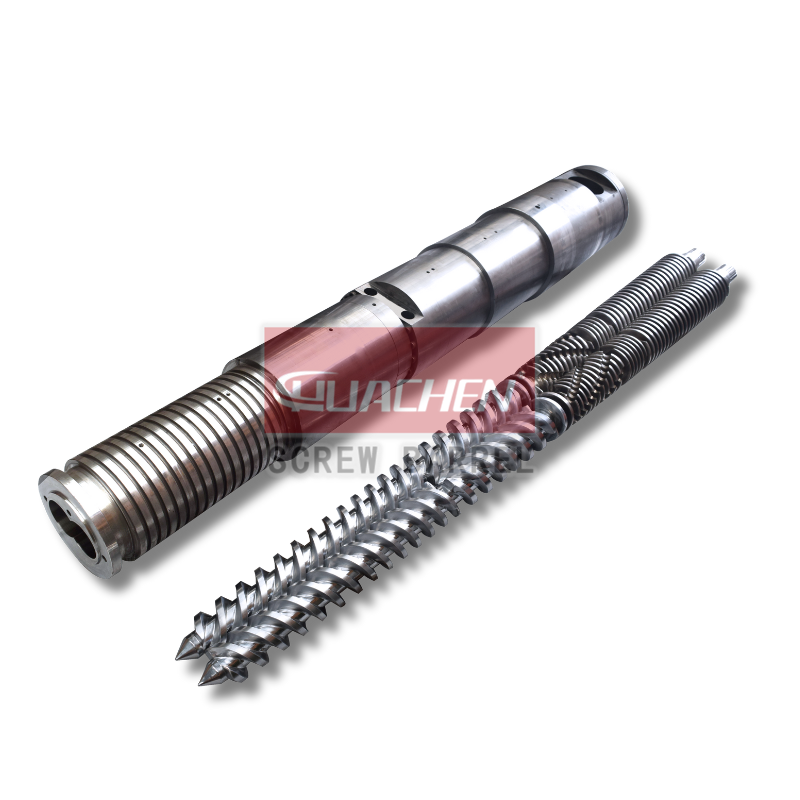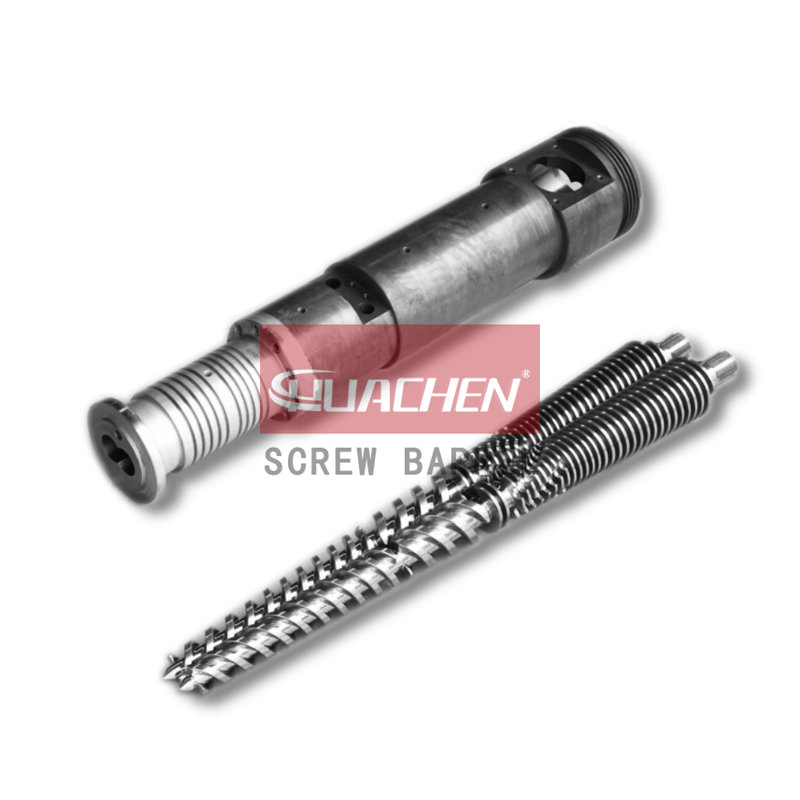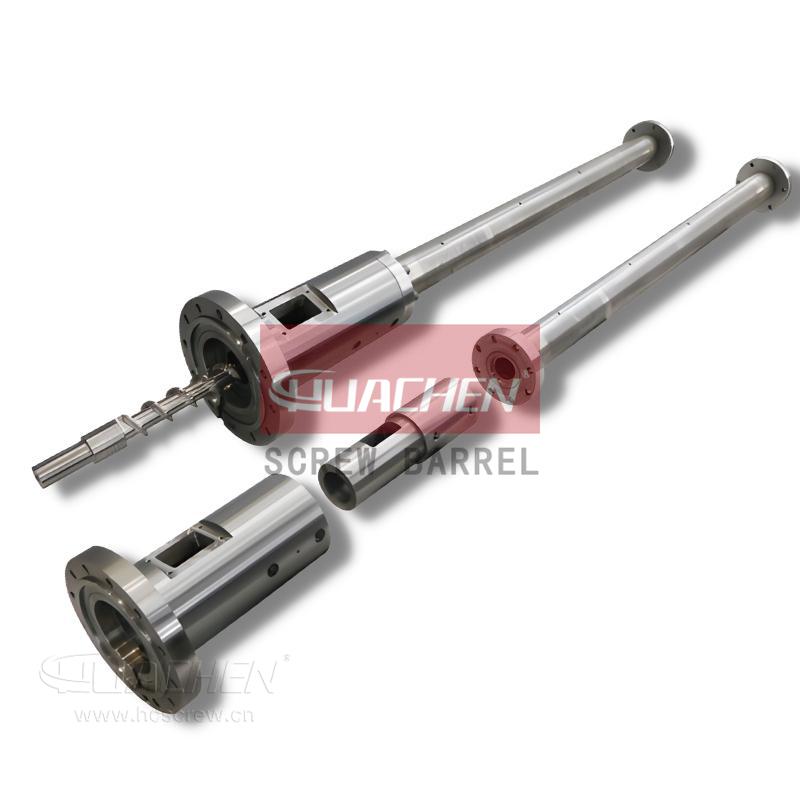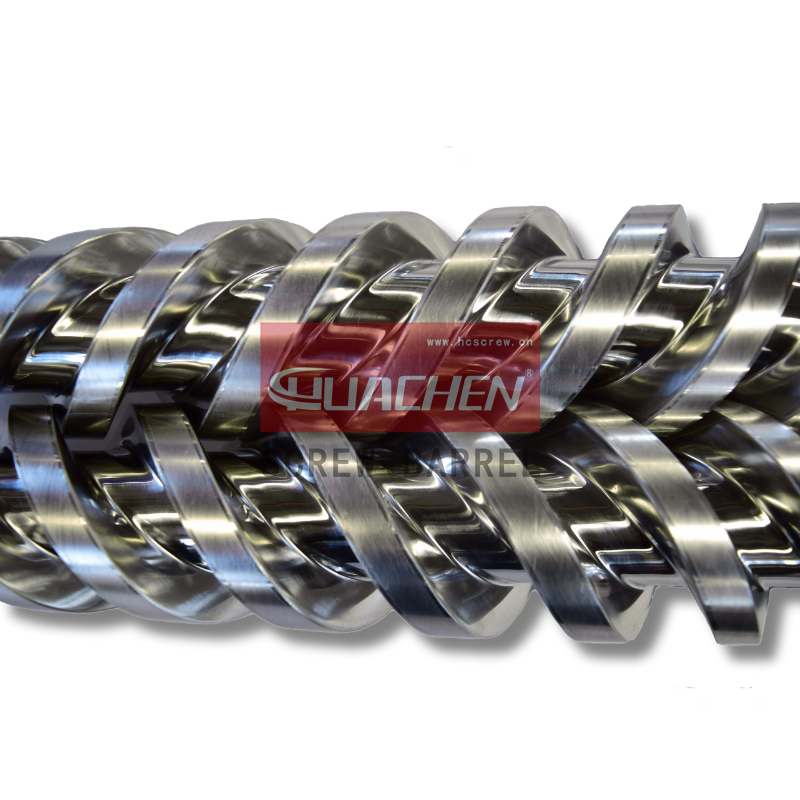What Makes Your PVC Profiles So Brittle?
Date:2022-7-12 Author:hcscrew
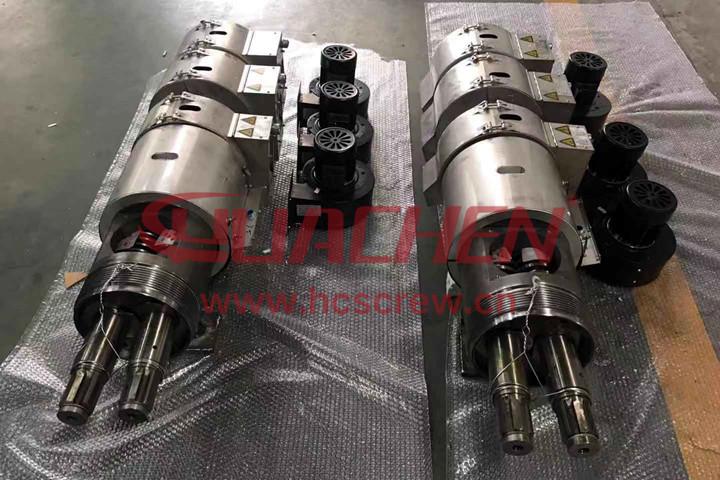
PVC profiles are brittle in terms of their physical and mechanical properties. It is characterised by chipping and cold punching ruptures. Several factors can contribute to poor physical and mechanical properties of profile products. These are primarily manifested as follows.
01 Incorrect formulation and mixing
1. Too much filler
In the present market, profiles are relatively cheap, but raw materials are becoming more expensive. Cost-cutting is a priority for rigid PVC profile manufacturers. Combining the right PVC profile formulations can reduce the cost of PVC profiles without sacrificing quality. In some cases, manufacturers have reduced the quality of their products while reducing costs.
Due to the composition of the formula, increasing the filler is the most direct and effective method. Calcium carbonate is a common filler in UPVC profiles. Most of the fillers in the previous formulation system were heavy calcium, which increased rigidity and reduced costs. Heavy calcium, however, has irregular particle shapes and coarse particle sizes, and is poorly soluble in PVC resin, so its added PHR is very low. The increase in PHR affects the appearance and colour of PVC profiles.
The use of ultra-fine light activated calcium carbonate, and even nano calcium carbonate, is increasing as technology advances. The result is not only an increase in rigidity and filling, but also a modification of the structure. Although its filling amount is not unlimited, the ratio of addition should be controlled. Manufacturers now add calcium carbonate to 20-50 quality parts to reduce costs, but this reduces the profile’s physical and mechanical properties.
2. Impact modifier type and quantity
Impact modifiers improve the total energy of PVC rupture under stress. There are currently a number of modifications to rigid PVC, including CPE, ACR, MBS, ABS, and EVA. The molecular structure of CPE, EVA, and ACR modifiers does not contain double bonds. Their weather resistance makes them suitable for outdoor construction. Within a certain range, they can improve the impact resistance, processability, and weather resistance of rigid PVC and improve welded corners’ strength.
The impact strength of the PVC/CPE blending system increases with the amount of CPE in an S-shaped curve. When the addition level falls below 8 PHR, the impact strength of the system does not significantly increase. At 8 to 15 PHR, the increase is the largest. After that, the increase tends to level off. CPE dosages below 8 PHR are not sufficient to form meshes. When the amount of CPE is between 8 and 15 PHR, it is continuously and uniformly dispersed in the blending system. This forms a mesh structure without phase separation, so that the blending system has the greatest impact strength. There is no continuous and homogeneous dispersion of CPE greater than 15 PHR. Therefore, no dispersed CPE particles can absorb impact energy at the interface.
ACR can significantly improve the impact resistance of PVC/ACR blends. In the meantime, the “core and shell” particles disperse uniformly in the PVC matrix, with PVC as the continuous phase and ACR as the dispersed phase. In PVC, they disperse in the continuous phase and interact with it to promote plasticization and gelation. As a result, the plasticisation time is short and the processing properties are excellent. Notched impact strength and bending modulus of elasticity are little affected by forming temperature and plasticizing time. In general, ACR modified rigid PVC products have excellent room temperature impact strength or low temperature impact strength with a general dosage of 5 to 7 PHR.
Experimental evidence indicates that ACR has a 30% higher impact strength than CPE. The PVC/ACR blend system is used in the formulation as much as possible. However, modifying with CPE and reducing the dosage below 8 PHR can cause the profile to become brittle.
3. Too much or too little stabiliser
Stabilisers prevent PVC from degrading or discolouring when hydrogen chloride is released during processing, thereby inhibiting degradation.
There is a difference in the amount of stabiliser used according to the type. In general, too much stabiliser will cause the material to take longer to plasticize and make it less plasticized when it is exported from the mould. Molecular dissolution and weak intermolecular structure are the reasons for this. Insufficient additives result in molecular degradation (over plasticization), which damages the solid’s intermolecular structure.
Due to this, the amount of stabiliser also affects the impact strength of the profile. Too much or too little will cause the profile strength to decrease and PVC profiles to become brittle.
4. Too much external lubricant
External lubricants are less soluble in resin and can facilitate sliding between particles, reducing friction heat and delaying melting. It plays the biggest role during the early stages of processing. Due to the external heating effect and internal friction heat, the resin will completely melt and lose its identification characteristics.
Pre-lubrication and post-lubrication are also types of external lubricants. Under various conditions, over lubrication can result in an unsatisfactory shape, reduced yield, turbidity, poor impact, surface roughness, adhesion, and ineffective plasticization. It will result in poor impact performance and brittle profiles if the dosage is too high.
5. UPVC Profile performance is also affected by the order of hot-mixing, temperature setting, and maturation time
UPVC contains many components, and the order of adding materials should be based on how each additive contributes to the formula. This increases dispersion and reduces synergistic effects. Adding additives in the right order improves complementary effects and overcomes mutual elimination. By doing this, additives that should be dispersed in the PVC resin are completely absorbed.
Following is a typical lead salt stabilisation formulation.
a. Mixing the hot PVC resin at low speed is the first step.
b. Add stabilisers and soaps at 60°C and high speed.
c. Mix internal lubricants, pigments, impact modifiers, and processing aids at high speed around 80°C.
d. Add external lubricants, such as waxes, at about 100°C.
e. Mixing fillers at high speed at 110°C.
f. Pour the material into the cold mixing drum for cooling at 110°C-120°C.
g. Mixing until the temperature of the material drops to about 40°C, then sieving.
The above order of feeding is probably more reasonable. Most manufacturers, however, add other additives to resin, depending on their own equipment and a variety of conditions. Along with the main material, activated calcium carbonates are also added. Depending on the enterprise’s characteristics, the technical staff must develop their own processing and feeding sequence.
Hot mix generally has a temperature of 120°C. A low temperature will cause the material to not gel and mix evenly. A high temperature may cause some of the material to decompose and volatilize, resulting in a yellowish dry mix.
In general, mixing time is 7–10 minutes to achieve dense, homogenised gelation. Cold mixes are generally below 40°C, requiring a short cooling period. Temperatures above 40°C and slow cooling rates will result in a relatively conventional and poorly compacted dry mix. The maturation time for dry mixes is generally 24 hours. In excess of this time, the material is prone to absorbing water or clogging. At this time, the molecules of the material are not very stable, resulting in large variations in profile size and thickness. Without strengthening the above links, individual PVC profiles will become brittle.
02 Unreasonable extrusion
1. plasticized or under plasticized materials
It will decompose and volatilize if the process temperature is too high. If the process temperature is too low, the molecules are not completely fused, and the molecular structure is not solid. Shearing and heating materials cause the material to over plasticise, which increases the pressure. An insufficient feeding ratio leads to heat and shearing, resulting in under plasticisation. Profile cutting chipping can occur either as a result of over-plasticization or under-plasticization.
2. Insufficient pressure on the machine
A key aspect of this process is the design of the mould, which is described separately below, as well as the proportion of material addition and temperature setting.
3. Low molecular composition is not discharged
It is generally possible to produce the low molecular composition of the product in two ways. Systems for removing moisture and venting hot mixes are available. The second is the partial residual and extrusion of water and hydrogen chloride gas generated by heat and pressure. Vacuum degrees are typically between -0.05 Mpa and 0.08 Mpa, not too high or too low. All of this is forced out through the compulsory exhaust system of the exhaust section of the host. The products are left with poor molecular composition, deteriorating mechanical properties.
4. Low screw torque
In spite of the screw torque value reflecting the behaviour of the machinery under stress, the process temperature set value of high and low as well as the number of feeding ratios are directly related to the screw torque value. Thus, if the screw torque is too small, it will reflect the low temperature or poor feeding ratio. As a result, the material will not fully plasticize in the process, which will also reduce its mechanical properties. For various extrusion equipment and dies, screw torque is generally between 60% and 85% to meet requirements.
Please contact HUACHEN Screw Barrel Factory for extrusion screw barrel engineering support and more quotes to produce perfect PVC profiles.
TAGS
HUACHEN Screw barrel recent post
- High-performance PVC Screw Barrel for Efficient Extrusion
- Durable Conical Twin Screw Barrel for Precision PVC Pipe Production
- High-Speed Screw Barrel for Increased Extrusion Efficiency
- Super Wear-Resistant Bimetallic Alloy Coating Screw Barrel for High Output Extruders
- High-Precision Parallel Twin Screw Barrel for Extrusion Excellence
- Top Quality Single Screw Barrels for Plastic Extrusion Applications
- High-quality Extruder Screw Barrel for Reliable Performance
- Efficient Plastic Extrusion Screw Barrel for Superior Output
conical twin screw barrel extruder screw barrel extrusion screw barrel Foam sheet processing high speed screw barrel HUACHEN SCREW news injection screw barrel parallel twin screw barrel pa screw barrel pe making formula pe screw barrel plastic fiber processing plastic fibre screw barrel Plastic film making screw barrel plastic pipe processing Plastic profile processing Plastic raw material knowledge pp screw barrel PVC making formula pvc screw barrel related parts for screw barrel screw barrel engineering work screw barrel knowledge single screw barrel twin screw barrel
;